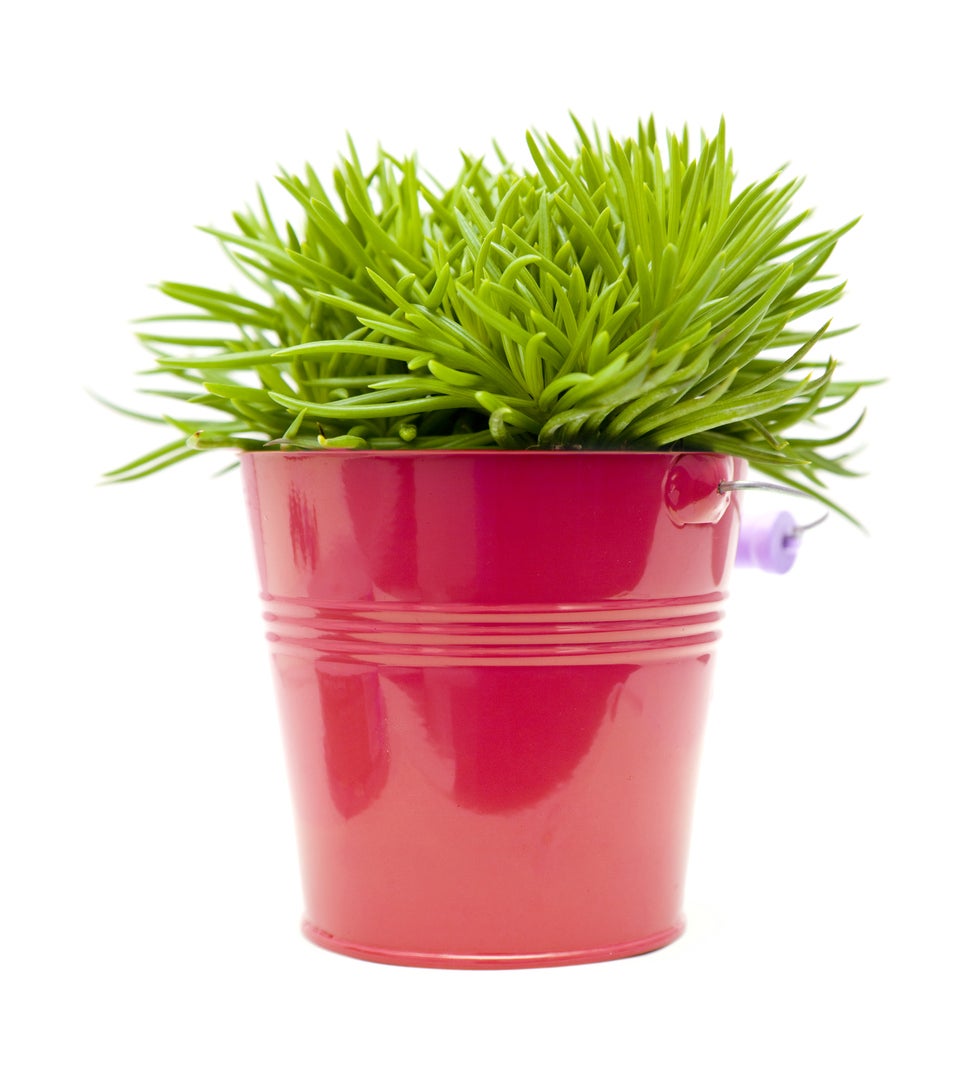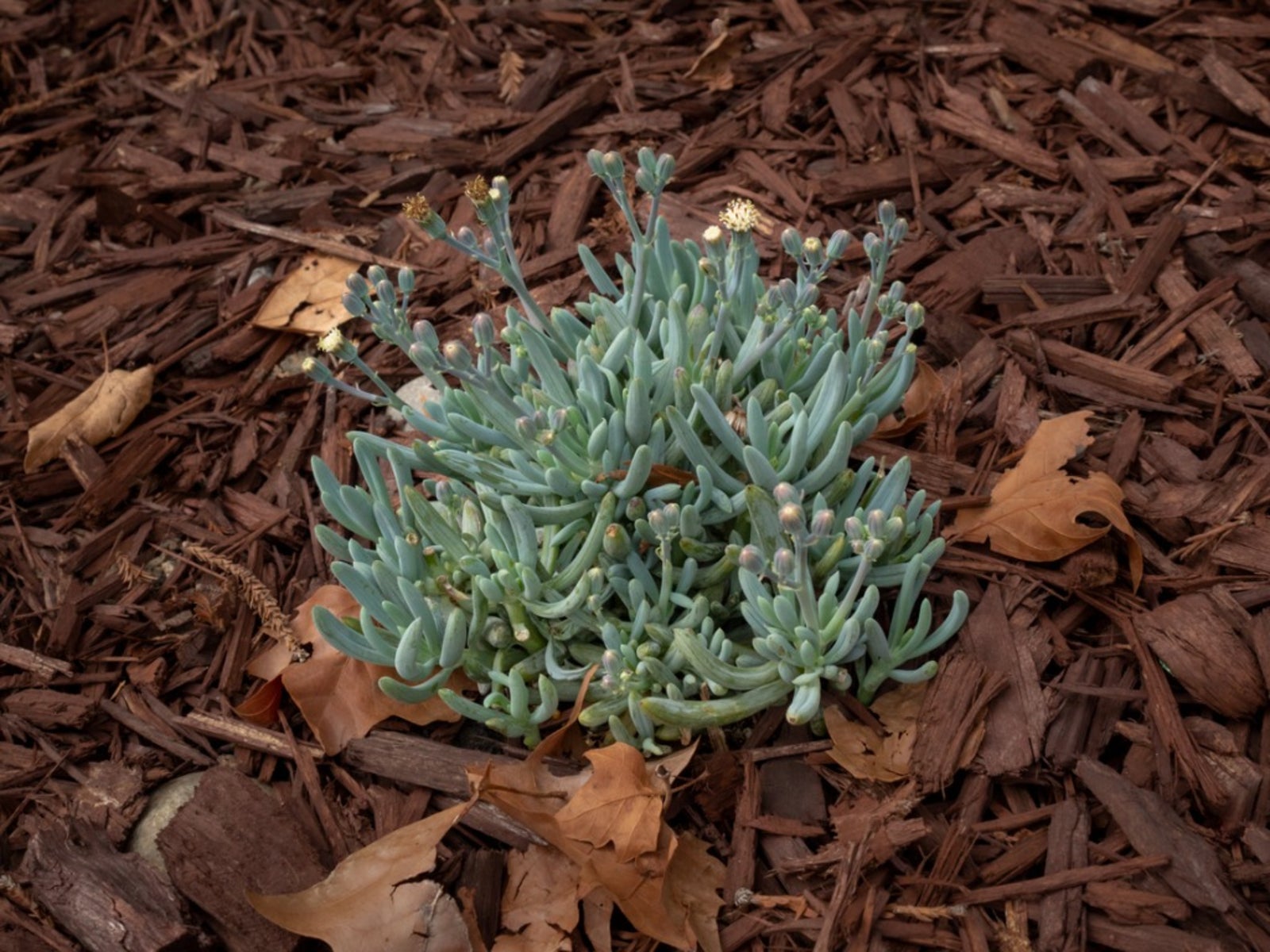What Is Senecio – Basic Tips For Growing Senecio Plants


What is senecio? There are more than 1,000 varieties of senecio plants, and about 100 are succulents. These tough, interesting plants may be trailing, spreading groundcovers or large shrubby plants. Let’s learn more about growing senecio plants, along with some important caveats.
Senecio Plant Info
While senecio succulents grow outdoors in warm climates, they are popular indoor plants in areas with cool winters. Senecio succulents are often grown in hanging baskets with the fleshy leaves trailing over the sides.
Popular varieties of senecio succulents include string of pearls and string of bananas. Some varieties of senecio that typically grow wild are known by names such as groundsel or tansy ragwort.
Some types of senecio produce yellow, sunflower-like blooms. Less commonly, senecio may produce purple or white flowers. Leaves may be deep green, bluish green, or variegated.
Note: Senecio plants are toxic. Outdoors, the plant is especially problematic for livestock, as ingestion may cause fatal liver disease when eaten in large amounts or over a long period of time. Wear gloves when working with senecio plants, as the sap can cause severe skin irritation. The pollen is also toxic and may affect honey produced by bees that forage on the blooms. Plant senecio with great care if you have children, pets, or livestock.
Growing Senecio Succulents
Since succulent varieties are most popular, especially indoors, the following tips on growing senecio plants can be helpful:
Plant senecio succulents in bright light. Like most succulents, senecio needs sandy, well-drained soil and is prone to rot in soggy conditions. Also, protect senecio plants from hot and cold drafts.
Gardening tips, videos, info and more delivered right to your inbox!
Sign up for the Gardening Know How newsletter today and receive a free copy of our e-book "How to Grow Delicious Tomatoes".
Senecio is drought tolerant and should be watered sparingly, especially during the winter. Always let the soil dry out between each watering.
Fertilize your senecio succulents lightly once every year during spring or summer. Senecio doesn’t like rich soil and too much fertilizer may produce leggy, unsightly growth.
Starting a new senecio plant is easy. Just plant a leaf or two in a container with a mix of potting soil and sand.

A Credentialed Garden Writer, Mary H. Dyer was with Gardening Know How in the very beginning, publishing articles as early as 2007.
-
 Get Ready For A Summer Of Hummers! Grow These Full Sun Hummingbird Plants and Flowers
Get Ready For A Summer Of Hummers! Grow These Full Sun Hummingbird Plants and FlowersIf you’re lucky enough to enjoy a sunny backyard, make sure you are maxing out on your pollinator opportunities and grow these full sun hummingbird plants and flowers
By Tonya Barnett
-
 12 Lush Alternatives To A Lawn For Sustainable Spaces
12 Lush Alternatives To A Lawn For Sustainable SpacesAlternatives to a lawn are beautiful and also beneficial to your local ecosystem and its pollinators. Explore our top picks for plants to replace grass.
By Tonya Barnett
-
Variegated Senecio – How To Grow Variegated Wax Ivy Plants
Senecio wax ivy is a delightful trailing plant with succulent stems and waxy, ivy-like leaves. When planted in a hanging basket, the plump stems can cascade over the rim. To learn more about growing variegated wax ivy and its care, click here.
By Mary H. Dyer
-
 Growing Blue Chalk Sticks: How To Care For Senecio Blue Chalk Sticks
Growing Blue Chalk Sticks: How To Care For Senecio Blue Chalk SticksBlue chalk succulents are often a favorite of succulent growers. The South African native is called blue chalk succulent or blue fingers for its attractive bluish, finger-like leaves. It also produces white summer blooms. Click here to learn more about this plant.
By Becca Badgett